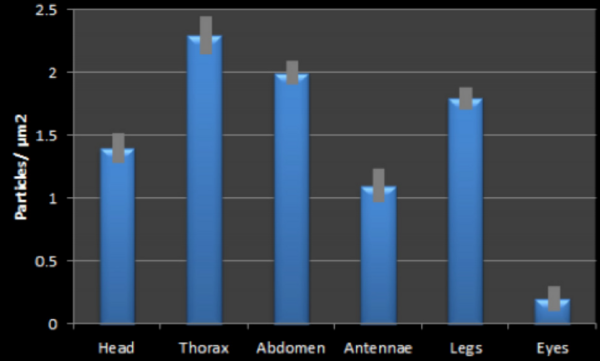The Analysis of the Effects of Smoke and Water Vapor on Insect Pheromone Communication and Physical Condition: An Investigation of the Causes of Colony Collapse Disorder
(1) King Philip Regional High School, Wrentham, Massachusetts
https://doi.org/10.59720/14-053
Since the outbreak of honey bee (Apis mellifera L.) disappearance in the phenomenon known as colony collapse disorder (CCD) in 2006, investigations dedicated to finding the causes of CCD have suggested possible factors; however, a singular cause has not yet been identified. This project aims at identifying how external factors in the environment, such as water vapor and smoke, can affect the social behavior and physical condition of honey bees. It was hypothesized that water vapor could block insect pheromone communication and that smoke could accumulate on the antennae of insects, interrupting pheromone communication. House crickets (Acheta domesticus) were used to test water vapor’s effect on pheromone communication because they communicate with pheromones like honey bees. Crickets were exposed to vinegar, mimicking the alarm pheromone, to confirm a social response. Next, we tested water vapor’s ability to block pheromone communication. To test the effect of smoke’s presence in the environment, red harvester ants (Pogonomyrmex barbatus) were used, due to their anatomical similarity to bees. The red harvester ant experiments measured the degree to which smoke particles accumulated on their body parts. The results showed that smoke particles did accumulate during exposure to smoke. This study provides evidence that external factors in the environment of insects may act as pheromone blocking agents and thus obstruct the insects’ ability to communicate through pheromone messages. This conclusion may provide an explanation for the observations in CCD such as the honey bee disappearance and diminishing health.
This article has been tagged with: